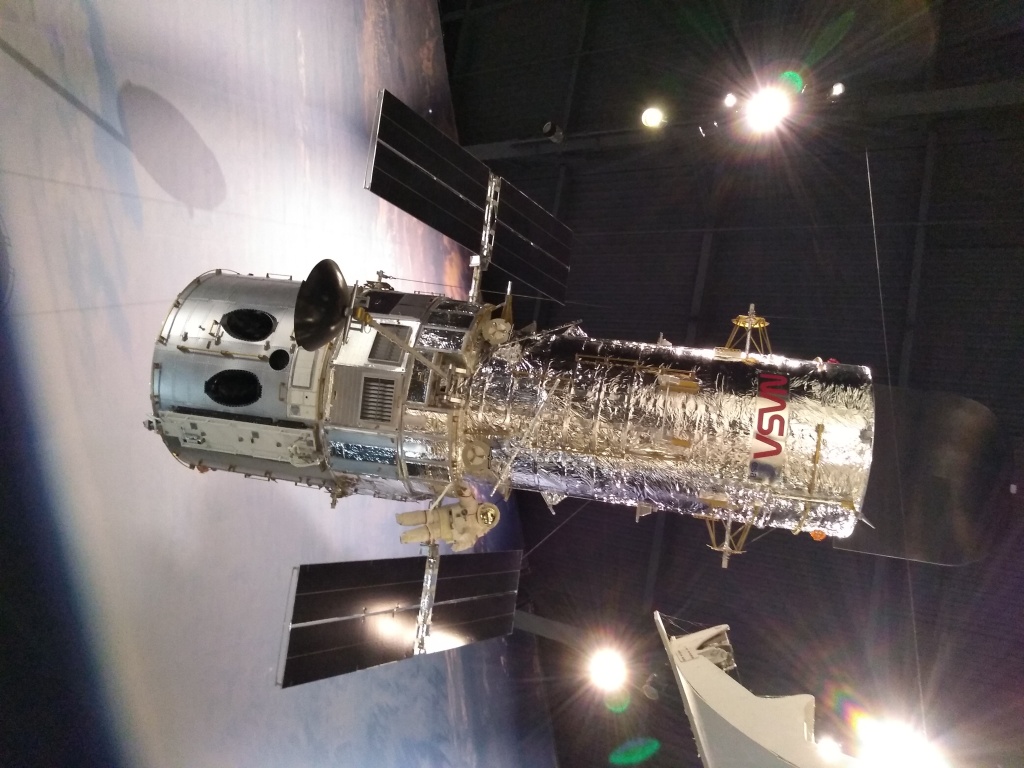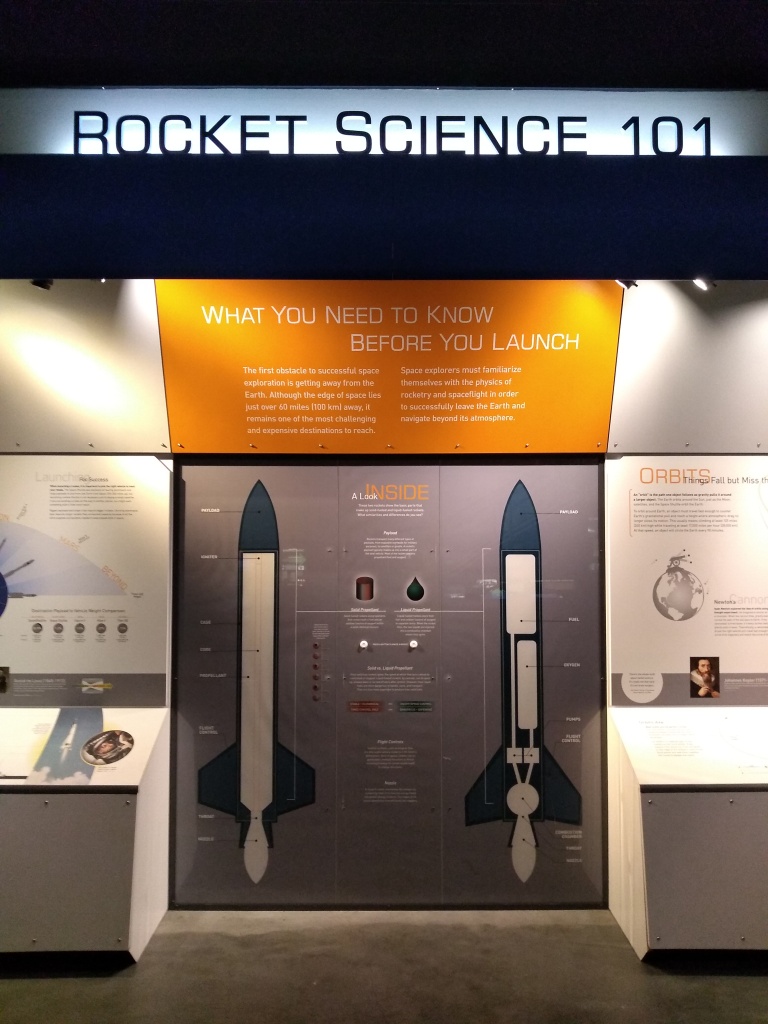I recently had a chance to visit the Museum of Flight in Seattle for the first time – long overdue, in fact, since we moved out to the area more than 18 months ago. It was an impressive place with some great exhibits. In particular, we spent most of the time in the Charles Simonyi Space Gallery, although there was much more to see.
This also comes on the heels of my recent trip to the Henry Crown Space Center at the Museum of Science and Industry in Chicago.

One highlight was an actual module from a Soyuz spacecraft. Soyuz was the human spaceflight program in the Soviet Union (and continues today in Russia), and the Soyuz rocket and spacecraft were integral parts of this program. Interestingly, the Soyuz rocket is the most reliable launch vehicle, as well as the most frequently used launch vehicle, in the world. The first Soyuz manned capsule was used in 1967, and Soyuz flights have taken place more than 1,700 times since then, in both manned and unmanned missions.

The exhibit also had some life-size models of things like the Hubble telescope and even a life-size space shuttle that you can climb aboard. Pictures (such as the Hubble, above) obviously don’t do the size of these things justice, although the relatively small floating astronaut next to the telescope helps provide a sense of scale.
The Hubble telescope is of course extremely well known. It was launched into low earth orbit in 1990 and remains in operation today – 30 years later! – and it’s produced countless amazing images of the cosmos.
One thing that I didn’t know was that the Hubble is expected to last until 2030, or perhaps as late as 2040, and that its successor is the James Webb Space Telescope, scheduled to be launched in 2021 – from an Ariane 5 rocket. What a time to be alive!

The space gallery also had a variety of other exhibits, including some interesting info about how rockets work, differences between solid and liquid fuel rockets, and displays related to the world’s largest rockets and orbits. I’m no expert on any of this, and I really enjoyed this “Rocket Science 101.”
I only included a handful of pictures here, but for more, you can check out my Instagram.
The Museum of Flight really has a lot of other exhibits to see as well; in fact, it’s primarily dedicated to aviation and airplanes (e.g. from the early days of flight and the World War I and II era), with only a smaller space dedicated to spacecraft and rocketry. But it’s absolutely worth a visit, whether you live in Seattle or next time you’re visiting.
